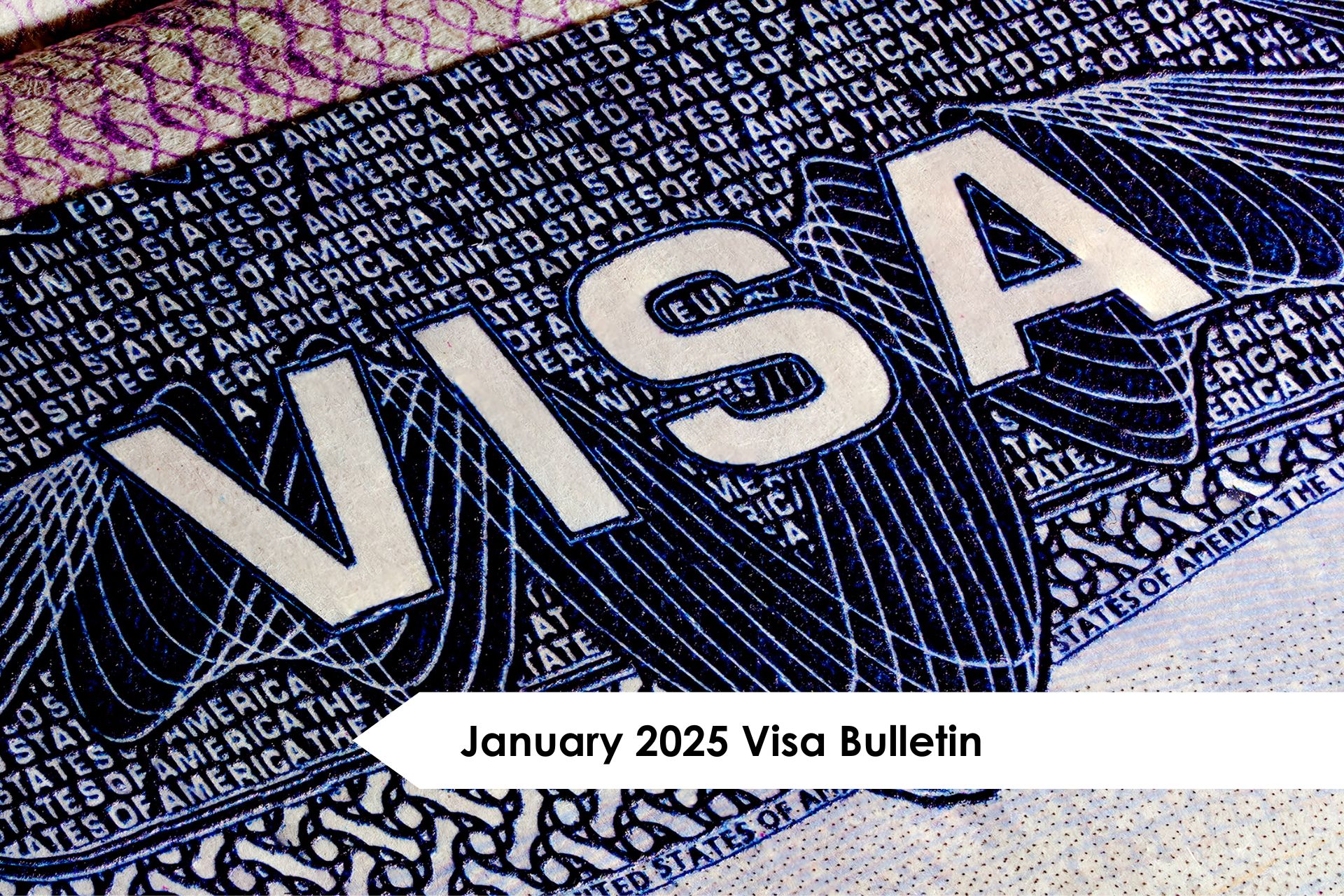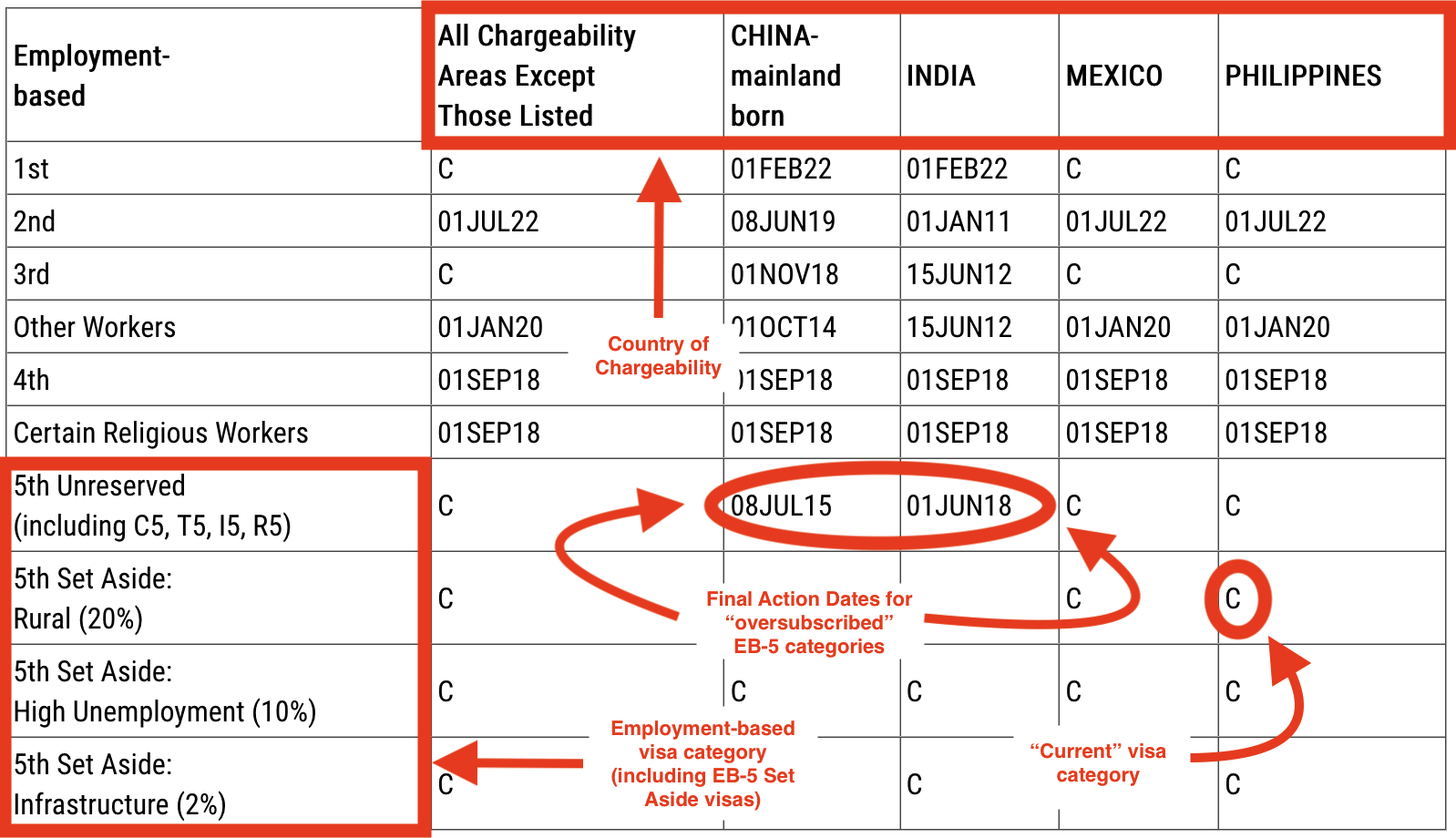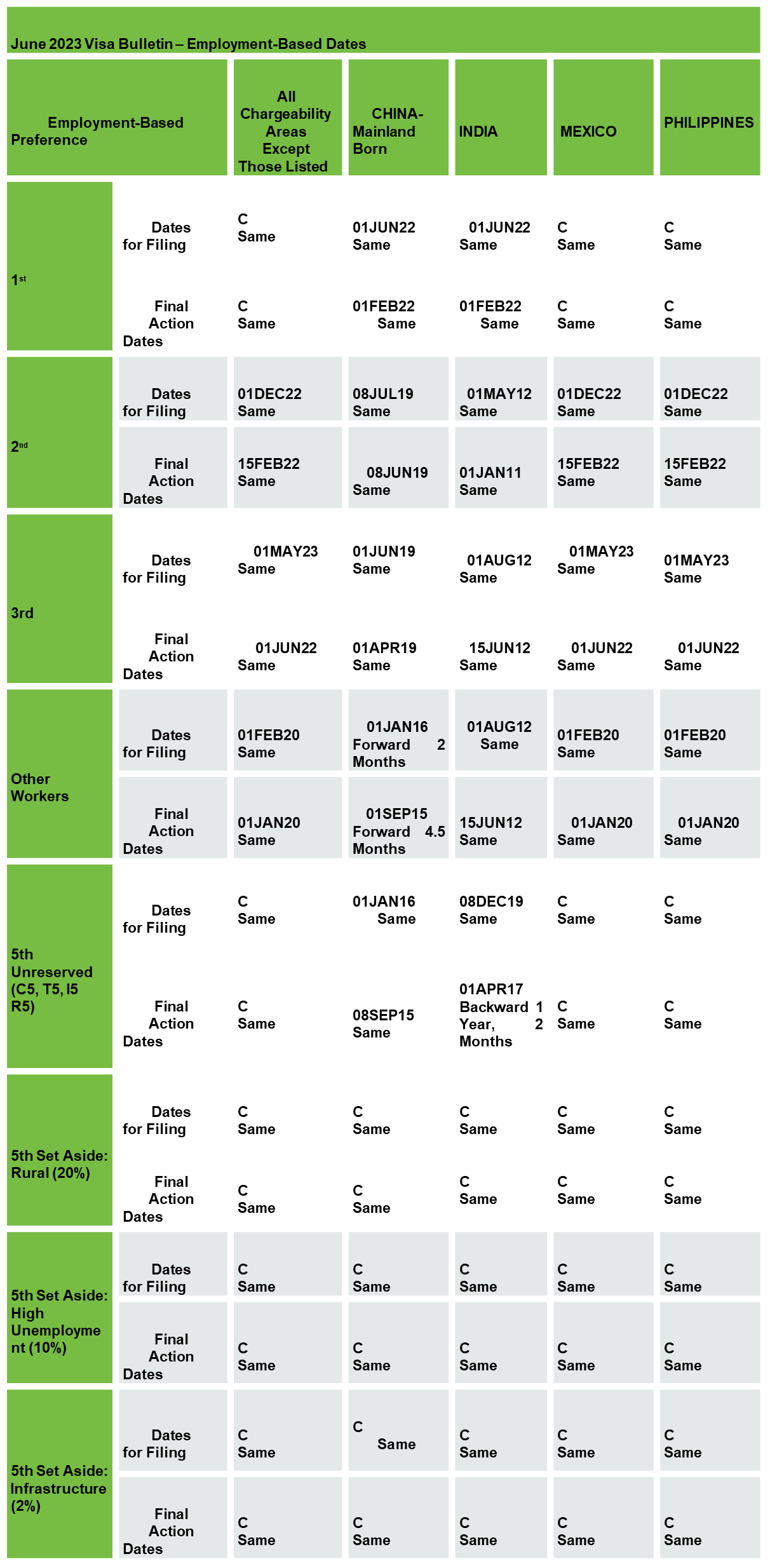
The United States Citizenship and Immigration Services (USCIS) provides a pathway for individuals to become permanent residents through the adjustment of status process. This process allows eligible applicants to apply for a green card while in the United States. However, the process can be complex, and one of the key components is understanding the adjustment of status filing charts from the Visa Bulletin. In this article, we will delve into the details of the Visa Bulletin and how it affects the adjustment of status process.
What is the Visa Bulletin?
The Visa Bulletin is a monthly publication by the U.S. Department of State that provides information on the availability of immigrant visas. It is used to determine when an individual can apply for an immigrant visa or adjust their status to become a permanent resident. The bulletin is divided into two main categories: Family-sponsored preferences and Employment-based preferences.
Understanding the Adjustment of Status Filing Charts
The adjustment of status filing charts are tables that provide the cut-off dates for filing Form I-485, Application to Register Permanent Residence or Adjust Status. These charts are updated monthly and are based on the Visa Bulletin. The charts are divided into two categories: Final Action Dates and Dates for Filing.
Final Action Dates: These dates indicate when an immigrant visa is available for an individual to apply for permanent residence.
Dates for Filing: These dates indicate when an individual can file Form I-485, Application to Register Permanent Residence or Adjust Status.
How to Use the Adjustment of Status Filing Charts
To use the adjustment of status filing charts, individuals need to follow these steps:
1. Determine their preference category (e.g., family-sponsored or employment-based).
2. Identify their country of chargeability (usually the country of birth).
3. Look up the cut-off date for their preference category and country of chargeability in the Visa Bulletin.
4. If the cut-off date is current or earlier than their priority date, they can file Form I-485.
Importance of Understanding the Adjustment of Status Filing Charts
Understanding the adjustment of status filing charts is crucial for individuals applying for permanent residence. Filing Form I-485 too early can result in the application being rejected, while filing too late can delay the process. Additionally, the charts can provide insight into the wait times for different preference categories and countries, helping individuals plan their application strategy.
The adjustment of status filing charts from the Visa Bulletin are a critical component of the permanent residence application process. By understanding how to use these charts, individuals can ensure they file their application at the right time, avoiding delays and rejections. The USCIS provides resources and guidance to help individuals navigate the process, and it is essential to stay up-to-date with the latest information to achieve a successful outcome.
For the latest information on the Visa Bulletin and adjustment of status filing charts, visit the
USCIS website or consult with an immigration attorney.









